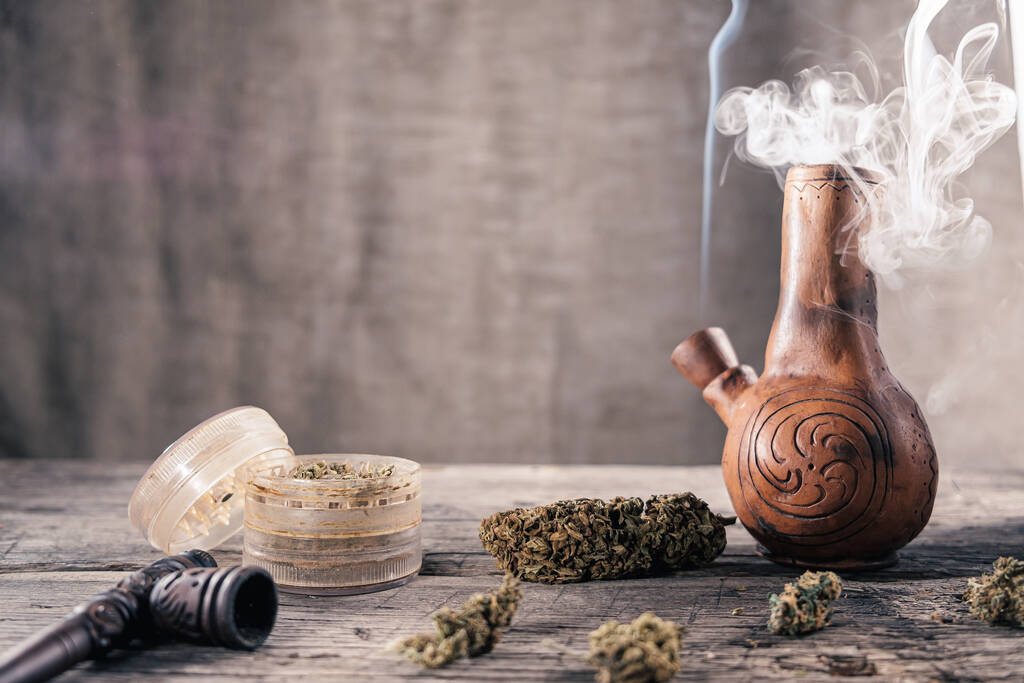A recent study by researchers from The University of British Columbia introduces the Index of Cannabis Equivalence (ICE), a user-centered approach aimed at standardizing cannabis doses across various modes of consumption.

The study, published by the Journal of Psychoactive Drugs, involved 1,368 participants aged 18 to 93, with a mean age of 31.6 years, and included individuals with diverse cannabis use histories. Researchers sought to establish dose equivalencies that account for factors such as mode of use and tolerance, moving beyond the traditional focus on cannabinoid content alone.
Findings from the study revealed equivalencies for low doses of cannabis, as rated by users with lower tolerance levels. For example, two puffs on a joint, pipe, herbal vaporizer, or concentrate vaporizer were found to be equivalent to one bong hit, a 5 mg THC edible, or a quarter dab of a concentrate.
The researchers emphasized that the ICE provides a meaningful step toward standardizing cannabis consumption units, similar to the standard drink concept used for alcohol. Such standardization can benefit regulation, research, and public health guidelines by offering consistent and reliable dosing measures.
However, the study noted that the results may have limited applicability for individuals with higher tolerance levels, as the data primarily reflects input from users with lower tolerance. Despite this limitation, the ICE offers a foundation for developing universally accepted cannabis dosing standards across different administration methods.





